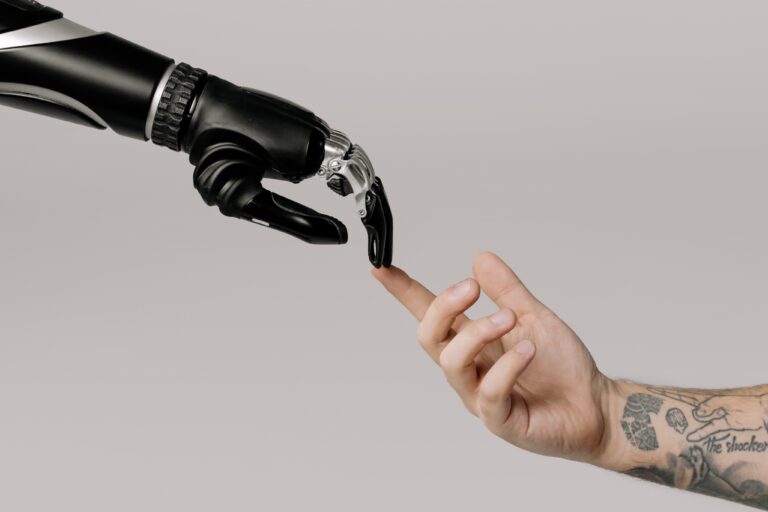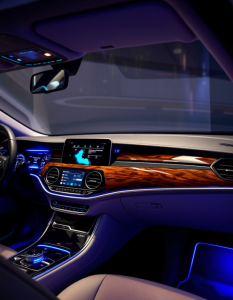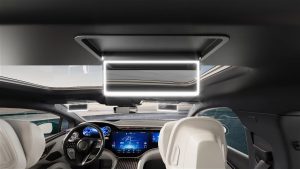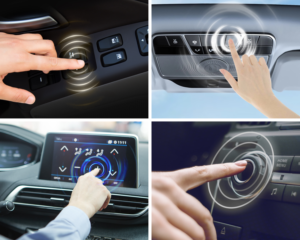In the rapidly evolving landscape of automotive technology, the way information is conveyed to drivers and passengers is undergoing a remarkable transformation. The Human-Machine Interface (HMI) plays a pivotal role in making this possible. In this blog, we’ll explore the various methods of information delivery in vehicles, encompassing visual and auditory elements that engage our senses and seamlessly integrate with the driving experience.
Visual Information Delivery
Heads-Up Displays (HUDs):
HUDs project essential information directly onto the windshield, allowing drivers to access data like speed, navigation instructions, and safety warnings without diverting their gaze from the road. This technology enhances safety and convenience.
Digital Cockpits:
Modern vehicles are equipped with digital instrument clusters that display crucial details in a visually appealing and intuitive manner. These customizable displays ensure that drivers receive information in the format they find most useful.
Touchscreen Infotainment Systems:
Touchscreens are now commonplace in vehicles, providing an interactive platform for controlling navigation, entertainment, climate, and more. These systems offer a user-friendly and visually engaging experience.
Augmented Reality (AR) Navigation:
AR overlays digital information onto the real world, making navigation more intuitive. For example, arrows and directions are superimposed onto the road through the windshield, helping drivers navigate complex routes effortlessly.
Auditory Information Delivery
Voice Assistants:
Voice recognition technology enables drivers to control various functions using voice commands. This hands-free approach enhances safety and convenience, allowing drivers to stay focused on the road.
Auditory Alerts:
Cars use sounds and chimes to communicate critical information, such as seatbelt warnings, lane departure alerts, and collision warnings. These auditory cues grab the driver’s attention when needed.
Soundscaping:
Some vehicles employ soundscaping to enhance the driving experience. Engine sounds, for instance, can be amplified or modified to create a unique auditory experience, adding an emotional element to the drive.
The Future of HMI
As automotive technology continues to advance, the HMI’s role in information delivery will become even more sophisticated. Augmented reality, gesture control, and biometric sensors are just a few examples of emerging technologies that will further revolutionize how we interact with our vehicles.
The HMI’s ultimate goal is to seamlessly integrate information delivery into the driving experience, enhancing safety, comfort, and enjoyment. Whether it’s through visually engaging displays or intuitive voice interactions, the future of HMI promises a more connected and informed driving experience for all.
Stay tuned for the latest developments in the world of automotive HMI as we continue to explore the ever-evolving landscape of technology and design.







